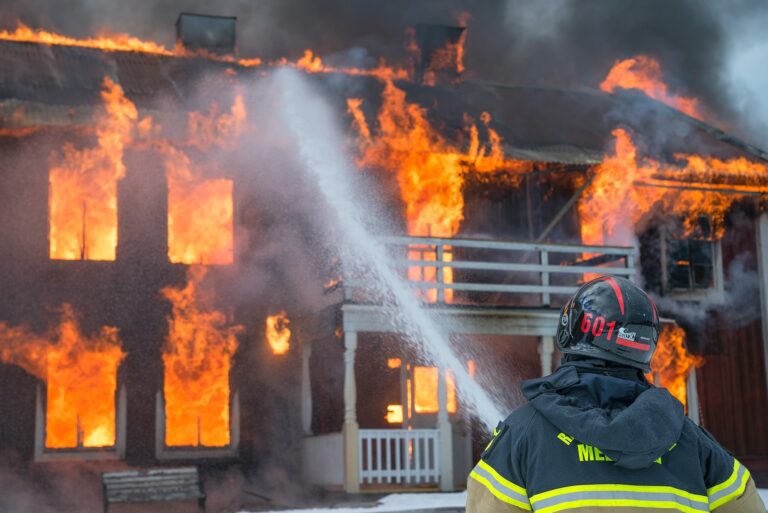Condominium Insurance - Mitigating Loss

The rising cost of insurance has been in the news frequently over the past few years. Your board should be working with your property manager to ensure that your condominium is insured per the requirements of the Condominium Property Act. One way to minimize the cost of the insurance is to take actions to mitigate loss.
There are four frequent causes of insurance claims in a condominium community. The first is fire. One of the main sources of condominium fires is the improper disposal of smoking material. Usually this occurs on the patio or balcony of a unit and someone has improperly extinguished an item by disposing of it in a planter thinking this a safe thing to do since planters are assumed to be full of dirt. However, in many cases, the planter is actually peat moss which can easily be ignited by improperly extinguished material. The best way to mitigate against this type of loss is to not allow smoking on or near your unit. The next best choice would be to remove all plant material and to provide a proper, secure method of disposal for any smoking material. The second most common cause of a condominium fire is cooking grease ignition. Remember that if you have a grease fire, do not pour water on it as that will cause the fire to spread. Instead, try to smother it. A fire can result in a double whammy loss as along with the actual fire, damage will be caused by the fire suppression sprinkler system engaging to put the fire out creating water damage in multiple units.
Water damage can also occur without responding to a fire. The first and most obvious loss is by a service pipe rupturing. A water loss from a ruptured pipe will be quick, unforgiving and devasting. The water will find the easiest route to travel and spread quickly through a property. When a break in a water service line occurs, the faster you can stop the flow of the water, the quicker you minimize the damage caused by the water loss and the shorter the amount of time you and your neighbours will be inconvenienced by the drying and remediation of the incident. The most frequent cause of a service pipe failure is freezing due to a cold air draft, usually from a window being left open. Perhaps the most important way to minimize a water loss event is to learn where the water shut off valves in your unit are? Whether a townhouse, apartment style, or stand alone unit, knowing where your shut offs are located and keeping them clear for quick and easy access is important. I encourage Boards take action and proactively create a committee to help owners and residents learn where the in-unit water shut off valves are located. If you are not able to shut off the water, vacate your unit and the building.
A second type of water loss can occur from appliances in your unit that have water service going to them. This includes refrigerators, washers, steam dryers, dishwashers, humidifiers and water filters. Generally, once the water line is connected, the appliance is put in place and the water connection seldom checked. What can occur is a slow water leak or even drip. This would seem to be inconsequential yet over a period of time. The damage can be extensive. The above are just a few of the areas where slow hidden leaks can occur and if not discovered, over time, create large losses.
Obstacles and poor maintenance in the common areas can become hazards and create liability risk. It is important that you, your neighbours and the Board work together to minimize potential hazards and lower the risk.
